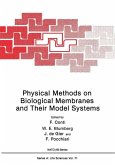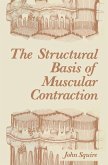The short period since the publication of Volume 1 of Methods in Membrane Biology has been a time of momentous progress. Calorimetry, electron spin and nuclear magnetic resonance, X-ray diffraction, and freeze-cleavage electron microscopy, reinforced by biochemical analyses and enzymatic studies, have led to universal acceptance of a generalized membrane model. All membrane biologists would agree that a major element of all biological membranes is a bilayer of phospholipids which, in some instances, also contains other lipids, notably sterols and glycolipids. The fatty acid com position of the lipids of most membranes is such that the lipids are above their transition temperatures in their normal environment so that the bilayer is fluid. The microviscosity of the fatty acyl groups decreases pro gressively down the chain so that, at the hydrocarbon interior of the bilayer, the lipid phase has a viscosity approximating that of olive oil at room temperature. As a consequence of this membrane fluidity, a phospholipid molecule is very mobile within the plane of the membrane (moving a distance of about 1-2 fLm in 1 s) but the movement of a phospholipid molecule from one side of the membrane bilayer to the other (flip-flop) is very slow. The lipid bilayer is an essentially inert and rather impermeable struc ture, as shown by many studies with model systems. Proteins, of course, provide the catalytic components of the membranes. as well as playing a significant structural role.
Dieser Download kann aus rechtlichen Gründen nur mit Rechnungsadresse in A, B, BG, CY, CZ, D, DK, EW, E, FIN, F, GR, HR, H, IRL, I, LT, L, LR, M, NL, PL, P, R, S, SLO, SK ausgeliefert werden.









